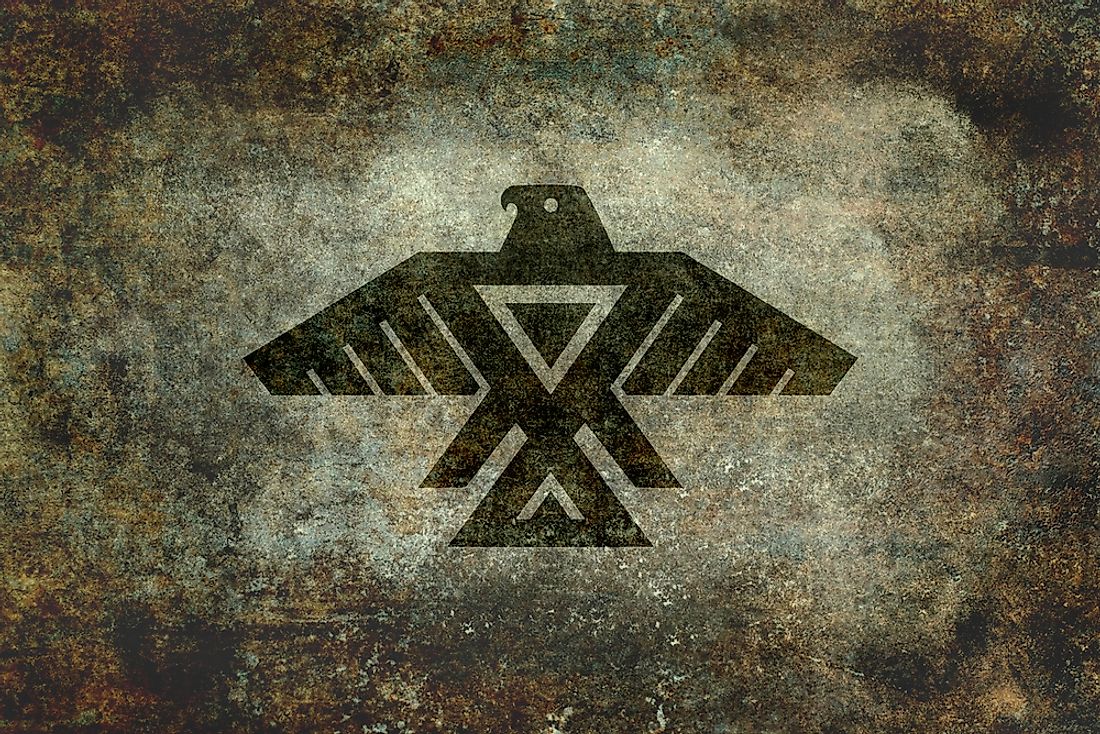Who are the Anishinaabe People?

Anishinaabe means ‘Original people’. It is a collective name for groups of indigenous people who live in the US and Canada. Anishinaabe people are comprised of several Algonquian tribes including Potawatomi, Algonquin, Ojibway, Mississauga, Nipissing, Saulteaux, Ottawa, and Oji-Cree communities. These communities have a common origin and they share cultural values and traditions. Anishinaabe people were commonly found in the Subarctic region and the Great Lakes region.
The Ojibwe
The Ojibwe are one of the indigenous groups of people of North America and Canada. There are approximately 330,000 Ojibwes currently living in the US and Canada. They are Canada’s second largest group in the list of native Canadian tribes. In the US, they are the fourth in the list of largest native tribes. They speak the Ojibwe language which is part of the Algonquian languages spoken by Anishinaabe people. In the past, Ojibwe people were mainly farmers. They used canoes as a mode of transport and recorded important events on birch bark scrolls. Ojibwes passed down traditions to their young generation through story-telling. They practiced traditional Ojibwe religion until missionaries came and introduced Christianity.
Potawatomi
Potawatomi people belong to the Algonquian tribes that form the Native tribes of America. They traditionally lived in the Great Lakes region where they engaged in fishing and hunting for a living. At the close of the 18th century, Europeans pushed Potawatomi people out of their land, and they moved toward Wisconsin. In Wisconsin, they took up farming and cultivated large farms of corn and beans. They also cultivated medicinal herbs which they sold to neighboring communities. They were divided into clans which served as their system of governance. The people spoke Potawatomi language which has close links to the Algonquian languages. Currently, an estimated 1,300 elderly people speak Potawatomi as a native language.
Algonquin People
Algonquians are indigenous tribe who originally lived in North America. Currently, most of the Algonquians are found in Quebec, Canada. They are estimated to be 11,000 native Algonquins still alive to date. Traditionally, the Algonquin people lived in simple structures made from birch barks and wood. They practiced animism where they believed in spirits of the natural world. In the 17th and 18th centuries, Catholic missionaries from France introduced Christianity to the community. Today, the Algonquin people practice a combination of Christianity and traditional Algonquin religion. The Algonquin practiced hunting and fishing for livelihoods. They also grew corn and squash in their farms. In modern times, Algonquins successfully protested against commercial harvest of wild rice by the Canadian government in 1981.They lobbied for the wild rice to be gathered by hand as they had done for centuries. Algonquins speak the Algonquin language which is a dialect of the Algonquian language.
The Oji-Cree
The Oji-Cree people are part of the large Anishinaabe community. They originated from intermarriages between the Cree and Ojibwe people. Their cultural values and traditions are a blend of the Ojibwe culture and Cree culture. Oji-Cree people speak a dialect of the Ojibwe language which falls in the Algonquian language category. Oji-Cree live close to waterways where they are able to fish and hunt wildlife for a living.
Anishinaabe Traditions
Anishinaabe people have preserved their traditions to this day. They are known for their expertise in traditional medicine. Midewiwin is a community of health workers in the Anishinaabe society. Anishinaabe people are also famous for the ‘Fire Dance’, a celebratory performance done around the fire. They have a well-respected and powerful spiritual leader who guides them through their daily rituals. Although the Anishinaabe people have significantly declined in population, the few elderly people left have helped preserve the language and other important traditions.







